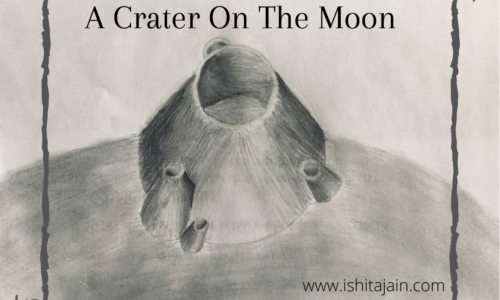Seeing people solely as how they present themselves is a common lapse in human judgement. William Shakespeare plays with this notion of deceitful appearances in his The Taming of the Shrew, a play in which several of the characters take on disguises in order to achieve their goals. By using clothing as a prominent symbol for deception, and by slowly revealing character, Shakespeare demonstrates that outer appearances are not indicative of a person’s social role or actual characteristics. Shakespeare introduces the theme before the real story begins, when the Lord decides to play a prank on a tinkerer called Sly by convincing him that he is a Lord. When Sly awakes from a drunken nap, eager servingmen surround him. The third servingman asks him, “What raiment will your Honor wear today?” (Induction.2.4). Sly is given the choice of what he wants to wear, but the dramatic irony at play reinforces the fact that Sly is only a tinker and that his clothes do not change his role in society. Shakespeare brings up clothing as a symbol again at a central point in the play, when Petruchio arrives late to his wedding in tattered clothes. Baptista begs him to change before he marries Katherine, and in response Petruchio declares, “To me she’s married, not unto my clothes” (3.2.115). Petruchio pretends to be brash and insensitive so he can tame Katherine, yet through his perceived arrogance, he is able to clearly define clothing and outer looks as separate from a person’s anima. Petruchio is putting up an act, both through his clothing, and through how he presents himself, and Shakespeare elaborates on the deception of pretending to have certain characteristics through Bianca. Bianca has several suitors because they believe that she is docile and obedient, however, she reveals her true self during the post-wedding celebration. Lucentio loses a wager that Bianca will arrive the moment he calls for her, and when he complains to Bianca, she is unhesitant to reply “The more fool you for laying on my duty” (5.2.141). Bianca reveals her harsher as she demeans her husband for expecting her obedience. Contrary to how it seems, Bianca has power throughout the play, and plays in conjunction to societal roles in order to obtain what she wants. Once she has a husband, she is able to show her innermost self, that of a self-fulfilled woman. The shallower disguises of Lucentio, Tranio, Hortensio, and the Pedant minorly contribute to the theme, but primarily develop the plot and light atmosphere. However, by setting the stage with how clothing is misleading, and by lending focus to the deeper, more congealed disguises of Petruchio, and Bianca, Shakespeare firmly establishes the central theme of how appearances in their many forms can be used to misguide others from the truth.
Works Cited
Shakespeare, William. The Taming of the Shrew. In Shakescleare. Lit Charts. https://bryant-taneda.weebly.com/uploads/3/8/9/0/38905205/the-taming-of-the-shrew-litcharts-shakescleare-translation.pdf. Web.



